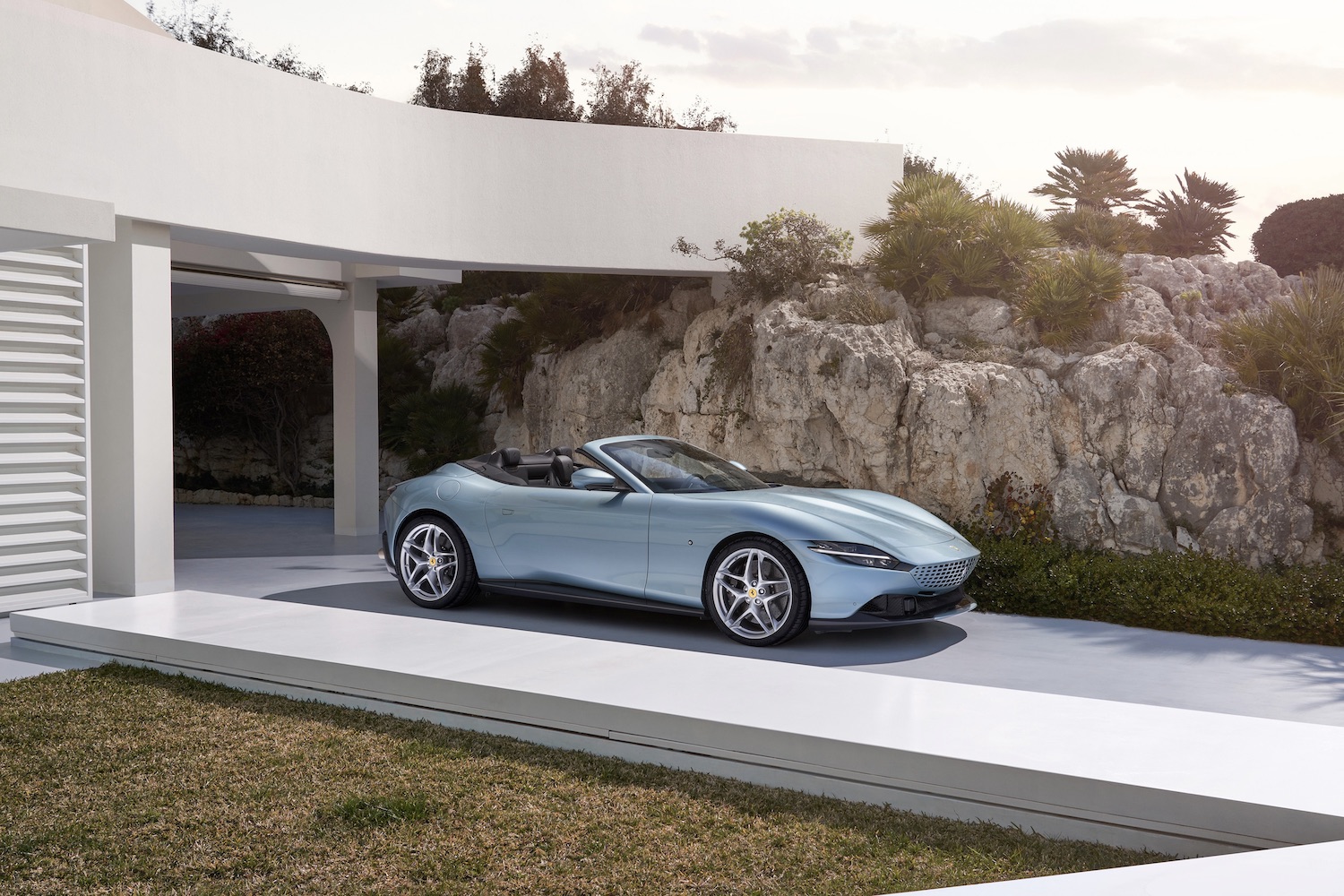
While EVs were once a purely environmental option, performance vehicle manufacturers like Porsche, Lamborghini, and even Ferrari are also firmly on board with the concept. The hype surrounding Ferrari’s electric effort has been ongoing for a while now, with fans wondering how it will compare to the likes of a Rimac Nivera or the Ferrari EV’s spiritual cousin, the Pininfarina Battista.
When will the electric Ferrari arrive?

The prancing horse will have to hurry up a bit if it wants to meet its ambitious goals. In 2023, Ferrari claimed it would be carbon neutral by 2030, and 60% of its offerings would either come with all-electric or hybrid powertrains by 2026. Based on this and Ferrari CEO Benedetto Vigna’s insistence that the first electric Ferrari will launch in the last quarter of 2025, we may not have much longer to wait. Given that the launch date is roughly a year and a half away at the time of writing, there’s every chance that announcements, leaks, and revelations will begin to pile up over the coming months.
Ferrari currently offers four hybrid options: LaFerrari, LaFerrari Aperta, SF90 Stradale and the 296 GTB. These performance-focused hybrids use an electric motor to provide instant torque when needed and pile a bit of extra horsepower in on top.
What can you expect from an electric Ferrari?

According to a piece in Official Ferrari Magazine, the first electric model will be “rooted” in the brand’s “racing heritage.” This means a heavy focus on “weight saving, performance and a unique driving experience.”
The balance part may not be much of an issue. Achieving 50/50 weight distribution on an EV isn’t the hardest thing in the world, and the promise of “handcrafted battery modules integrated into the chassis of cars” means the vehicle’s weight will be placed exactly where Ferrari wants it. Keeping that weight low might be an issue, as that battery module usually means EVs weigh significantly more than their ICE counterparts. Performance EVs need a lot of juice, too, so either Ferrari has some secret solid-state tech they haven’t revealed yet, the range will be abysmal, or its first electric efforts will be a touch hefty.
Promises should also be delivered in terms of performance. There are plenty of high-end EVs around that show what can be done. Even a Tesla Model S Plaid, which will undoubtedly be far cheaper than Ferrari’s effort, has a somewhat plausible sub-2-second 0-60 time.
There’s also a recognition that sound is a large part of the Ferrari experience. While it’s impossible to recapture the roar of a big Italian V-12 — Ferrari’s engineers are said to be producing “‘sound signatures” that will stir similar emotions in its customer base. Ferrari isn’t alone in this line of thinking. Fellow Italian sports car manufacturer Maserati is equipping its EVs with high-tech artificial noise piped through speakers both inside and outside of the vehicle. Dodge also attempted to smooth over the Charger’s transition to electric with an electric exhaust noise — admittedly with mixed results.



